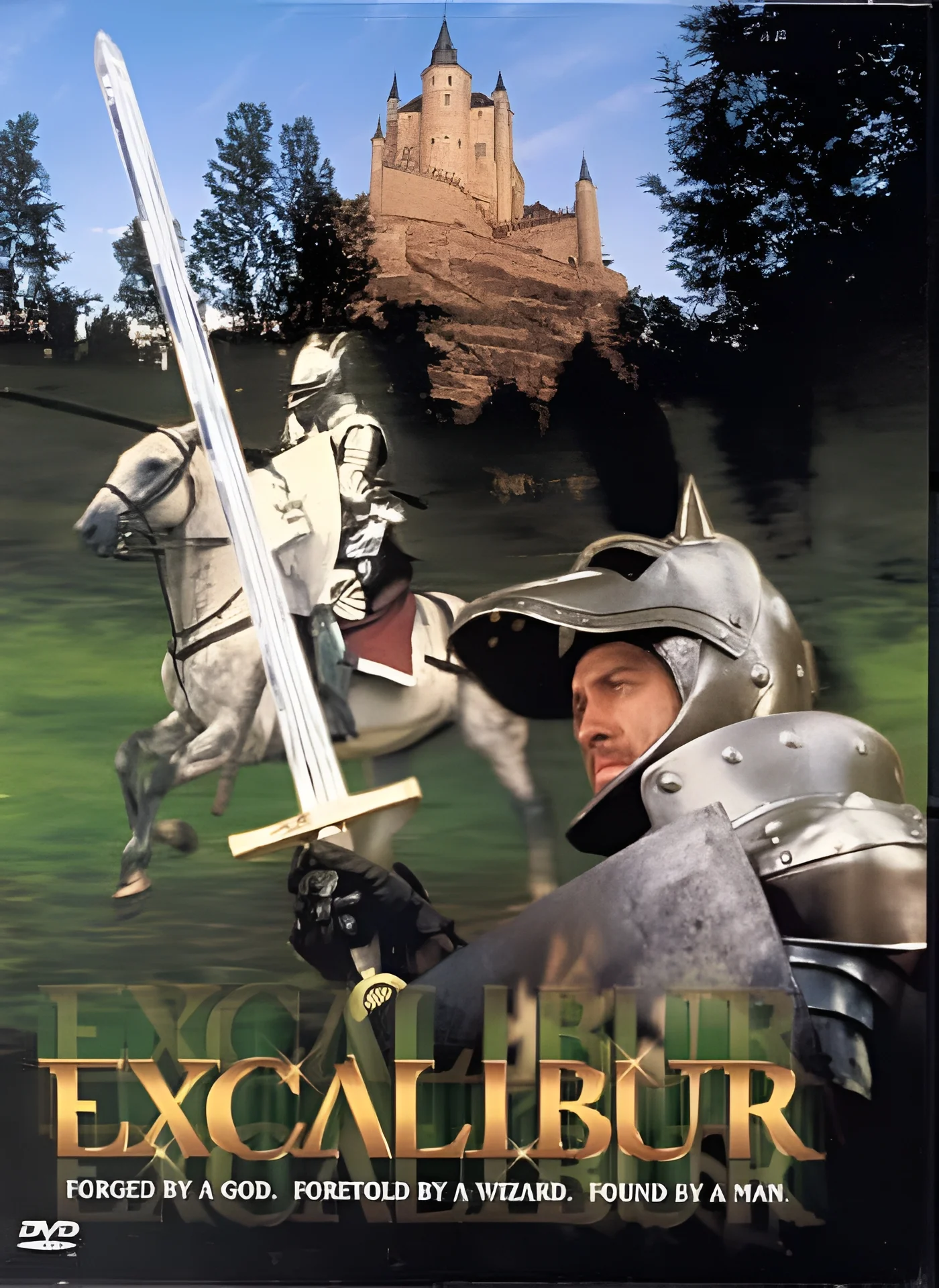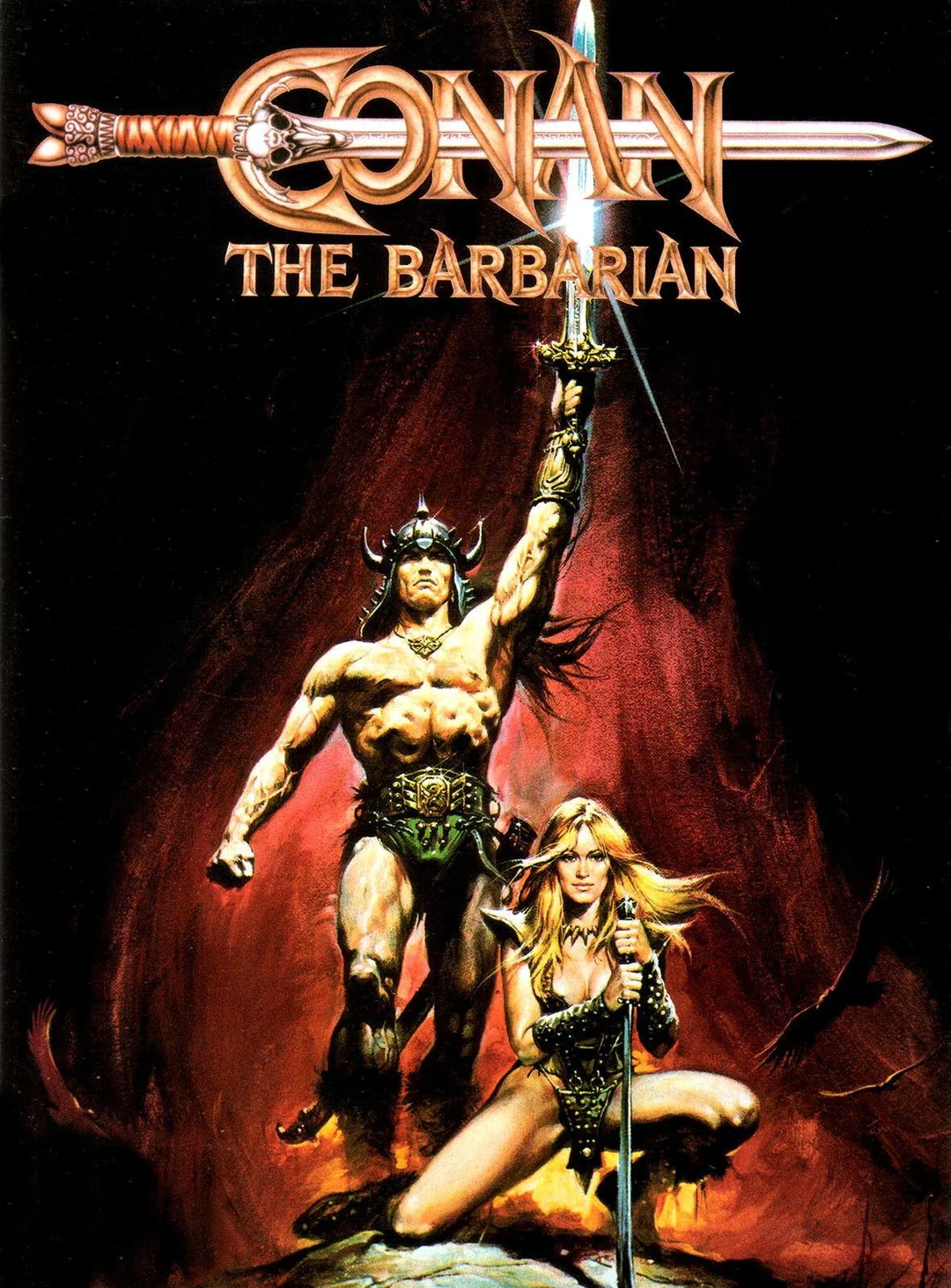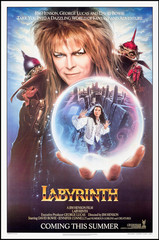The Uncharted Christian Odyssey in Dark Fantasy Films
- SPW

- Jan 26
- 7 min read
Dark fantasy has captivated audiences, weaving together intricate stories and haunting visuals. Films like Pan’s Labyrinth and Crimson Peak (Guillermo Del Toro) or The Witch and Nosferatu (Robert Eggers) have rejuvenated the genre. Still, they are often merging with deep Christian themes of faith, redemption, and moral conflict.
We have visited Narnia, gotten lost in Pan-Am, and trekked through Middle Earth. The movies bring us monsters, aliens, characters, and demons. The longer those journeys continued, the darker they became. Why? There is something that connects with cinephiles about a quest, a goal, and a triumph over evil. Of course, for many proud to call themselves "nerds," the more fantastical the fight, the better the feels.
The evolution of dark fantasy in contemporary cinema is fascinating, specifically when we get good movies and TV series that captivate our minds and take us to an unknown land of thrills, suspense, drama, and even comedy. And, maybe if you were paying attention, you uncovered the Christian motifs that resonate within these captivating narratives.
It seems you can't get lost in fantasy without confronting spiritual reality.
The Genesis of Dark Fantasy Films

Who doesn't remember the Ridley Scott film Legend, starring a young, anti-stunt junkie Tom Cruise and that girl from Ferris Bueller's Day Off (Mia Sara)? It may not have been intentional, but the zeal for darker fantasy films began when Tim Curry began fiendishly cackling with those oversized horns.
However, this regaled subgenre stretches back to ancient folklore, where supernatural elements explained mysteries, instilled fear, or conveyed moral lessons. The Dark Ages of Camelot gave us the benchmark, which incidentally may have been the first dark fantasy film, Excalibur, in 1981.
Fun fact: The spell that Merlin (Nicol Williamson) chants to create a thick fog seen above is called the "Charm of Making." It is an actual incantation taken from the Old Gaelic dialect and translates to "Serpent's breath, the charm of death and life, thy omen of making."
"Anál nathrach, orth' bháis's bethad, do chél dénmha."
Merlin stands over the moat and chants in a bodacious scene of sorcery. Decades later, WWF " borrowed " it for the Undertaker to act as if he could conjure wicked things on the USA Network every Monday. Remember? It was never as sinister as Vince McMahon wanted us to believe in wrestling.
Anywho...
As the film industry progressed, dark fantasy themes transitioned to the small and big screens. Since entertainment was a thing, the supernatural and the macabre have been used to generate ratings and to mess with the minds of anyone generally.
Silent films gave us The Cabinet of Dr. Caligari, The Haunted House, and Nosferatu in 1920, 1921, and 1922, respectively. Each leveraged the power of the unknown, what's done in the shadows, hyperbolic facial expressions, and Gothic scenery. It was eerie to the eye.

Once directors and screenwriters delved into tropes of insanity and madness with fierce accuracy, here come the monsters of Universal. From 1931 to 1954, the studio controlled horror with a monochromatic finesse that mystified cinephiles and critics alike. Look at the guy! Boris Karloff led the parade, and Universal ruled the world.
The monster movies were rich in dogmatic symbolism and Christian ideology. From questioning one's identity to the literal creation of humanity, these monsters had people talking in church every Sunday. Dracula and Frankenstein to The Wolf Man to the father of Swamp Thing, the Creature of the Black Lagoon (let's pour some out for DC Comics and James Wan), they all challenged God and confused Christians.
It was superb filmmaking--then, now, into perpetuity.
The Revelation of Modern Dark Fantasy's Connection to Christianity

Leading up to the Knights of the Round Table with John Boorman's masterpiece, fantasy was a widely untapped genre. Monsters and spirits filled the imagination of Hollywood, but producers saw the potential in those stunning visuals; they often confronted profound questions about morality and the nature of existence. The combination of darkness and light captivates audiences, urging them to ponder deeper spiritual truths. Please don't ask us why, but it does.
Not to be outdone by Universal's Monsters, the 1950s produced some remarkable dark fantasy films that expanded our consciousness of what could happen in film and continued the connection of the surreal with the dogmatic. Probably the most renowned of the decade is The Seventh Seal, directed by Ingmar Bergman and starring nerd favorite Max Von Sydow. A journey to the Holy Land during the Crusades is thwarted by the personification of Death (Bengt Ekerot). Excellent.

Ironically, 1960s brought us black-and-white entertainment but brought more color to fantasy. The need for good and evil wasn't pressed as much as literature for inspiration. The top fantasy films of the day were The Time Machine (1960), Jason and the Argonauts (1963), The Raven (1963), and One Million Years B.C. (1967).
Yet, Hollywood knew there was still darkness to be discovered in fantasy films. They weren't afraid to dig deeper into a theological quiver, rear back, and hit a bullseye directly into the morality of moviegoers and the fascination of fantasy lovers.
And so, the age-old struggle of "Good vs. Evil" rages on, and we are introduced to blatant Christian themes. It began with the life-altering film The Exorcist in 1973. Now was time for heaven versus hell, God versus Satan. Only the chronicled grudge match scared the bejeebus out of everyone much more than anticipated. That was all the encouragement needed for dark fantasy.
Three years later, Richard Donner of Superman fame thought the fear of evil needed to begin in fifth grade. That's when we got The Omen. It was a decade where that spiritual conflict was placed in different creations (The Hobbit, Alien, Sinbad and the Eye of the Tiger), various locations (Suspiria, Invasion of the Body Snatchers) and twisted imaginations (Eraserhead, Phantasm).
Many dark fantasy films feature a struggle between good and evil, echoing classic Christian narratives. In these worlds riddled with terrifying creatures and horrifying scenarios, characters embark on journeys that often mirror quests for redemption. The dark forces present in these narratives symbolize real-world challenges, as characters grapple with temptation and doubt—experiences deeply rooted in the human condition and Christian doctrine of spiritual warfare.
The Exodus of Horror into a world of Faith and Hope

Hope often emerges amid despair in modern dark fantasy. Characters bear heavy burdens that lead them to question their faith but frequently discover strength through relationships and divine intervention. In the 1980s, dark fantasy took off the training wheels and understood how to convey a story without relying too much on horror.
The Halcyon Days of dark fantasy arrived, and they would sustain their pace in the psyche of humanity for decades. Modern tropes related to Christian themes today were all explored in the 1980s. They were every year connected to every trope and inspired by every concept in the Bible.
For example:
The "Chosen One"—A relatively unknown and unremarkable person embarks on a lifelong journey to fulfill a prophecy and combat evil, echoing the narrative of Jesus as the Messiah confronting Satan through both humanity and himself.
Redemption and Righteousness—The main character in the movie or TV series grapples with past mistakes and shortcomings, encountering a chance to make amends and achieve salvation, typically through selfless actions.
Stewardship and Sanctity of Life—A journey of one or many that embodies hope and responsibility for self or humanity, which reflects Jesus' walk on Earth and His unyielding purpose to rescue people from sin. Often, a martyr unveils but always, a hero conquers evil.
The '80s. Those were great times.
The Judges and Influence of MODERN Creation

Dark fantasy films often express the beauty and complexity of creation, mirroring Christian teachings. Visual artistry and imaginative worlds invite viewers to marvel at God's wonder. These films, unlike most produced over the past two decades, create imagery that evokes biblical allegory, prompting reflections on creation's mysteries.
Today's audiences are drawn to complex stories that challenge traditional narratives. Dark fantasy films have carved out a niche by fusing captivating storytelling with thought-provoking philosophical inquiries. This immersive experience invites viewers to probe into the depths of their own psyche and spirituality.
Faith-based fans appreciate the integration of Christian themes within this genre. At times, they see the tropes and themes amid haunting scenes like The Green Knight, Constantine, or Harry Potter. Other times, the meaning of the film and connection to the Bible is deeper and involves contemplation, such as The Crow, Solomon Kane, and Spirited Away.
The journey through modern dark fantasy cinema reveals an intricate tapestry rich with Christian themes that reflect the human experience. As audiences immerse themselves in these enchanting yet unsettling narratives, they are invited to explore profound questions about faith, evil, redemption, and the nature of life.
Blurring the lines between myth and reality, these films have always established a unique space for exploring faith, morality, and the nature of existence. As we embrace the mysteries of dark fantasy cinema, we are continually reminded that even in the darkest tales, hope and light endure.









































Comments